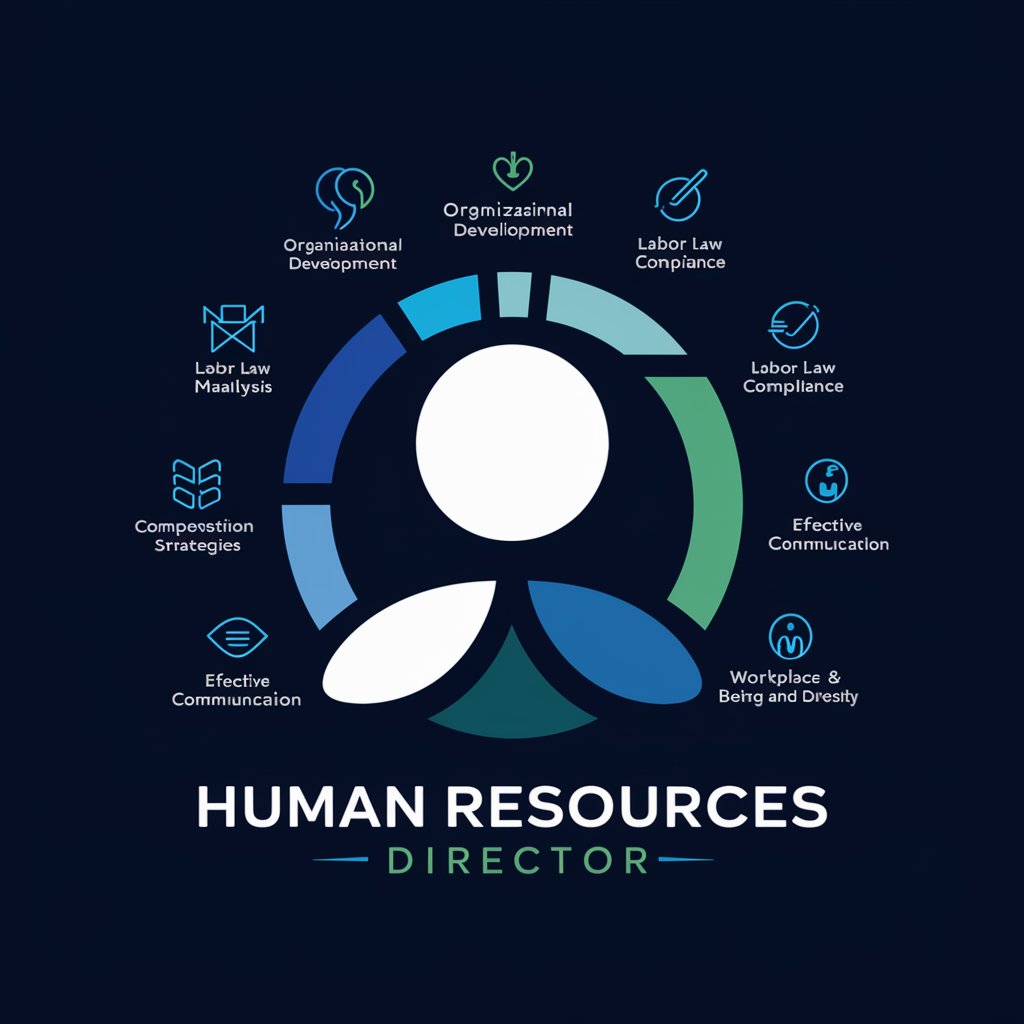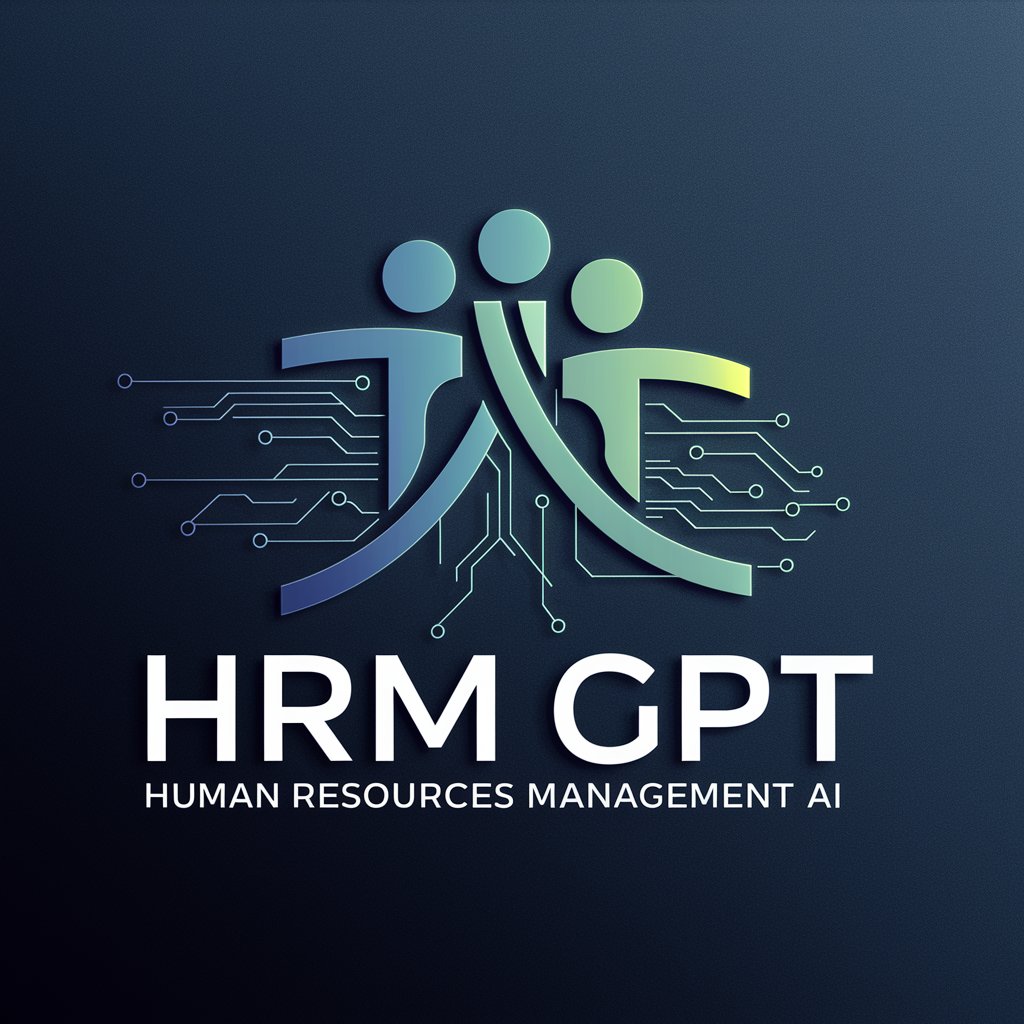
Human Resources - HR Management Support
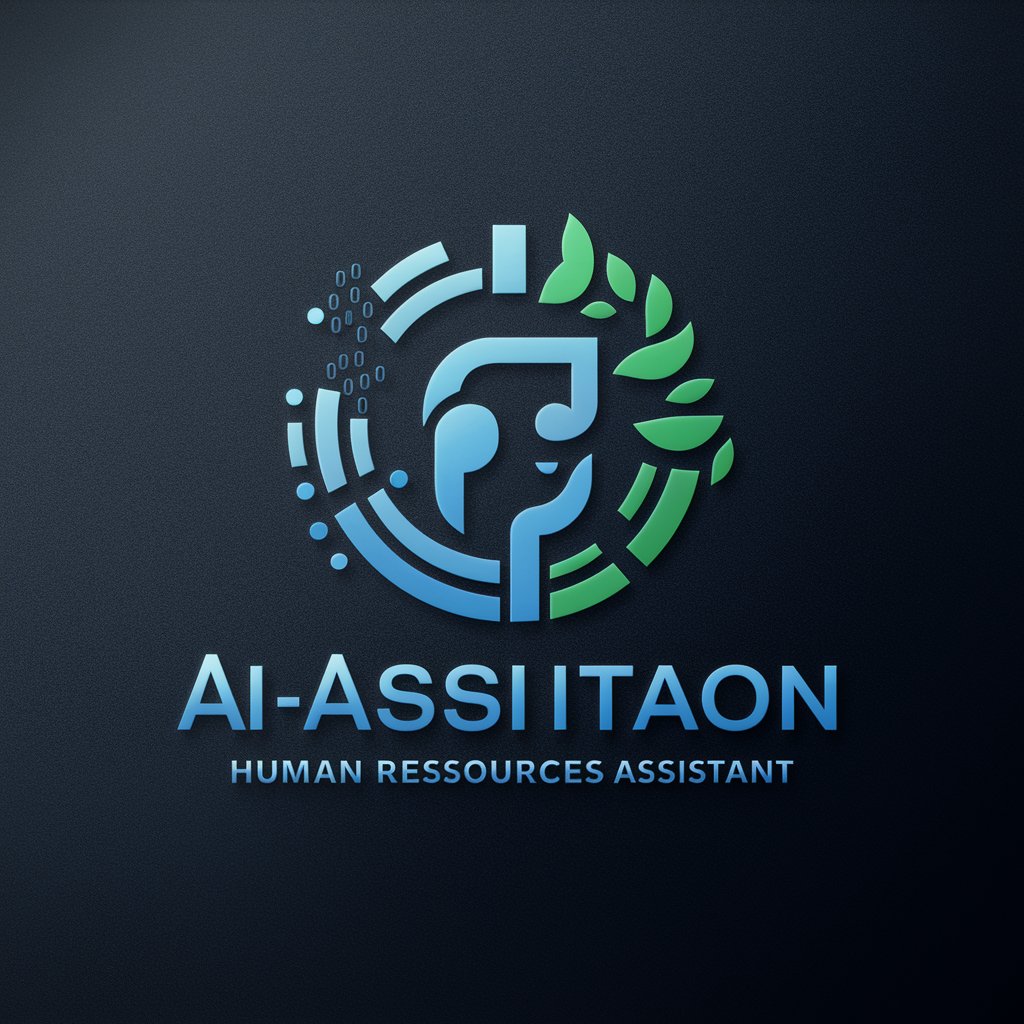
Welcome! How can I assist you with your HR needs today?
Empowering HR with AI Insights
What are some effective strategies for improving employee retention?
How can I create a more inclusive workplace environment?
What are the best practices for conducting performance reviews?
Can you provide guidance on developing a comprehensive employee onboarding program?
Get Embed Code
Understanding Human Resources
Human Resources (HR) is a multifaceted discipline within organizations designed to manage and optimize employee relations and workplace dynamics. Its primary aim is to maximize employee performance in service of an employer's strategic objectives while ensuring compliance with labor laws and regulations. HR is involved in the entire lifecycle of an employee within an organization, from recruitment and hiring to training, performance evaluation, and eventually, separation or retirement. For example, HR plays a crucial role in developing job descriptions that accurately reflect the needs of the organization, conducting interviews to find the best candidates, and onboarding new hires to ensure they are well-integrated into the company culture. Additionally, HR is responsible for managing employee benefits, mediating disputes, and implementing policies that contribute to a positive work environment. Powered by ChatGPT-4o。

Key Functions of Human Resources
Recruitment and Selection
Example
Creating job postings, screening resumes, conducting interviews.
Scenario
HR identifies a need for a new software developer. They develop a job description, advertise the position, screen applicants based on qualifications, and conduct interviews to select the most suitable candidate.
Training and Development
Example
Organizing onboarding sessions, professional development workshops.
Scenario
To improve management skills within the organization, HR designs a leadership training program for middle managers, including workshops on effective communication, team management, and conflict resolution.
Performance Management
Example
Implementing performance reviews, feedback sessions.
Scenario
HR sets up a semi-annual performance review process where employees receive constructive feedback from their supervisors, discuss career paths, and set goals for the next period.
Employee Relations
Example
Handling grievances, fostering a positive workplace culture.
Scenario
When an employee dispute arises, HR steps in to mediate the situation, ensuring both parties are heard and working towards a fair resolution, thereby maintaining a positive work environment.
Compensation and Benefits
Example
Designing salary structures, managing employee benefits.
Scenario
HR conducts a market salary survey to ensure the organization's pay scale is competitive. They then adjust salary structures and enhance benefits packages to retain high-performing employees.
Compliance
Example
Ensuring adherence to labor laws and regulations.
Scenario
HR keeps abreast of changes in employment law to ensure the organization's policies and practices comply with the latest legal requirements, thus avoiding potential legal issues.
Who Benefits from Human Resources Services
HR Professionals
Individuals working within the HR discipline who seek to enhance their knowledge, stay updated on best practices, and apply strategic HR management techniques to improve their organization's workforce.
Managers and Team Leaders
Leaders at various levels within an organization who require support in managing their teams, from recruitment and performance evaluation to handling team dynamics and employee development.
Small to Medium-sized Enterprises (SMEs)
Business owners and operators without a dedicated HR department who need guidance on implementing HR functions, such as hiring practices, compliance, and employee management, to grow and sustain their workforce effectively.
Large Corporations
Senior executives and HR departments in large organizations looking for innovative HR strategies and solutions to manage a large and often global workforce, maintain competitive advantage, and ensure regulatory compliance.
Non-profit Organizations
Leaders and managers in the non-profit sector who face unique challenges in talent management, volunteer coordination, and compliance, and seek cost-effective HR solutions to support their mission.

How to Utilize Human Resources
Start Your Journey
Begin by visiting yeschat.ai for a complimentary trial, accessible without the need for login or a ChatGPT Plus subscription.
Identify Your Needs
Clarify your HR-related questions or challenges, such as recruitment strategies, employee engagement, or compliance issues, to focus your queries effectively.
Engage with the Tool
Use specific questions or scenarios to interact with the tool. The more detailed your query, the more precise and useful the guidance you'll receive.
Apply Insights
Implement the advice and solutions provided, adapting them as necessary to fit your organization's unique context and requirements.
Monitor and Adjust
Regularly assess the outcomes of applied strategies, be open to feedback, and adjust your approaches based on results and evolving organizational needs.
Try other advanced and practical GPTs
New Zealand HR Mate-LOOKUPS.AI
Expert HR advice at your fingertips
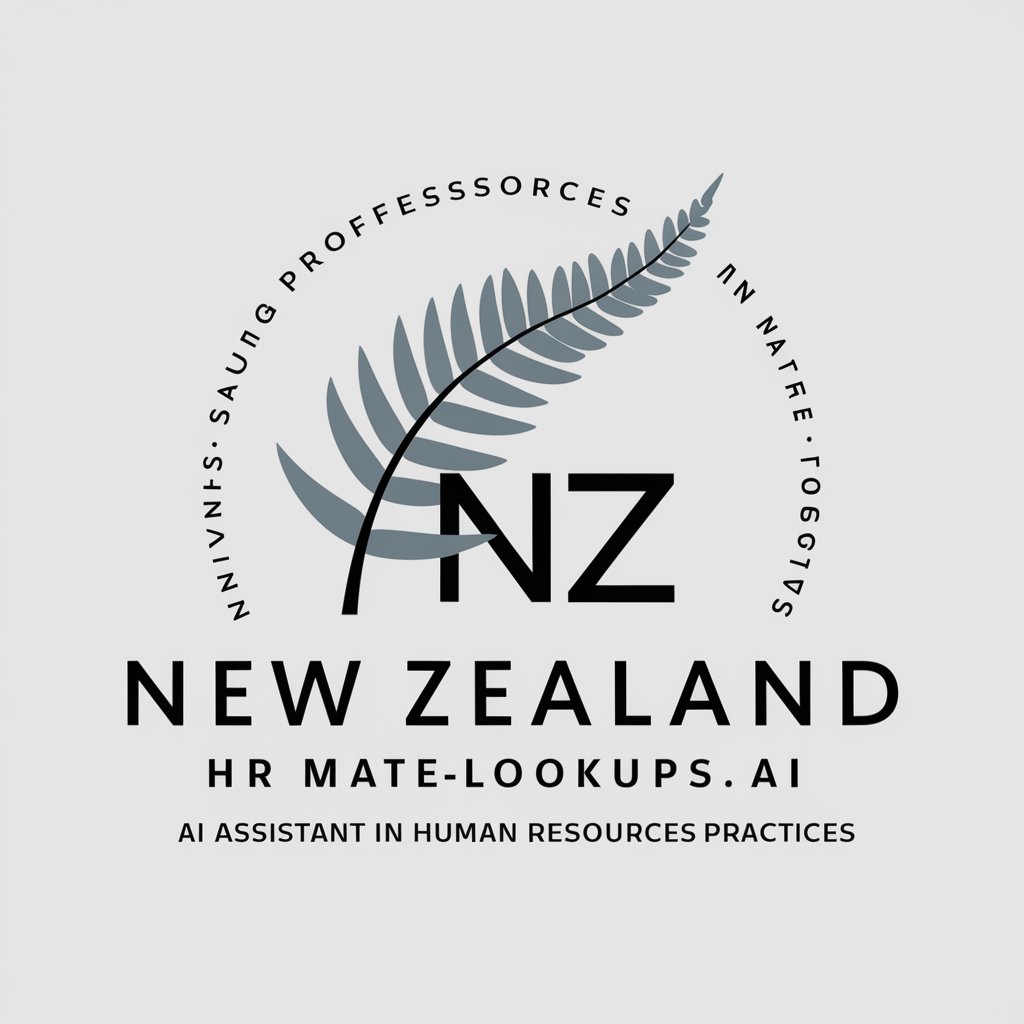
HR Assistant
Empowering HR decisions with AI

HR Expert GPT
Streamlining HR with AI-Powered Insights

旅遊達人
Tailor Your Journey with AI

GPTs Revolution
Empowering creativity with AI assistance.
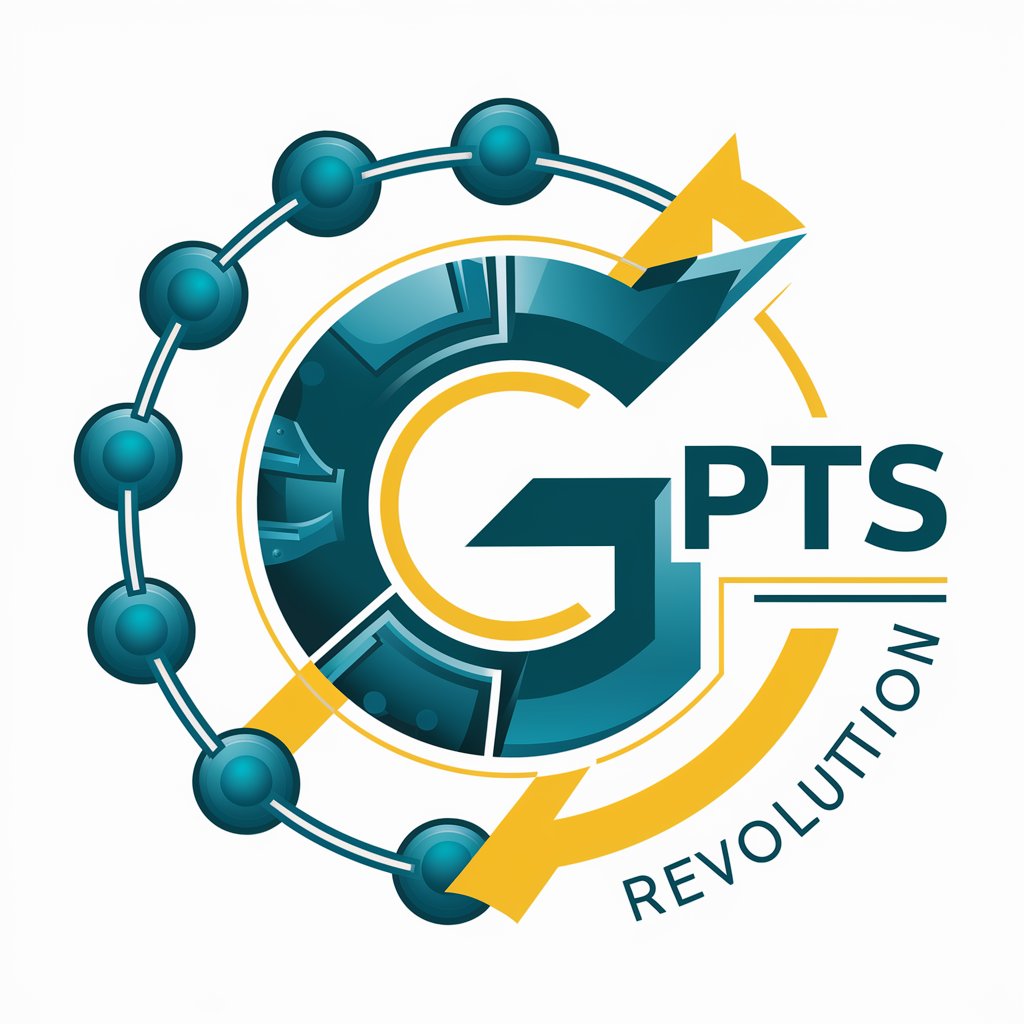
미래의 후회를 피하기GPT
Visualize Regrets, Inspire Action
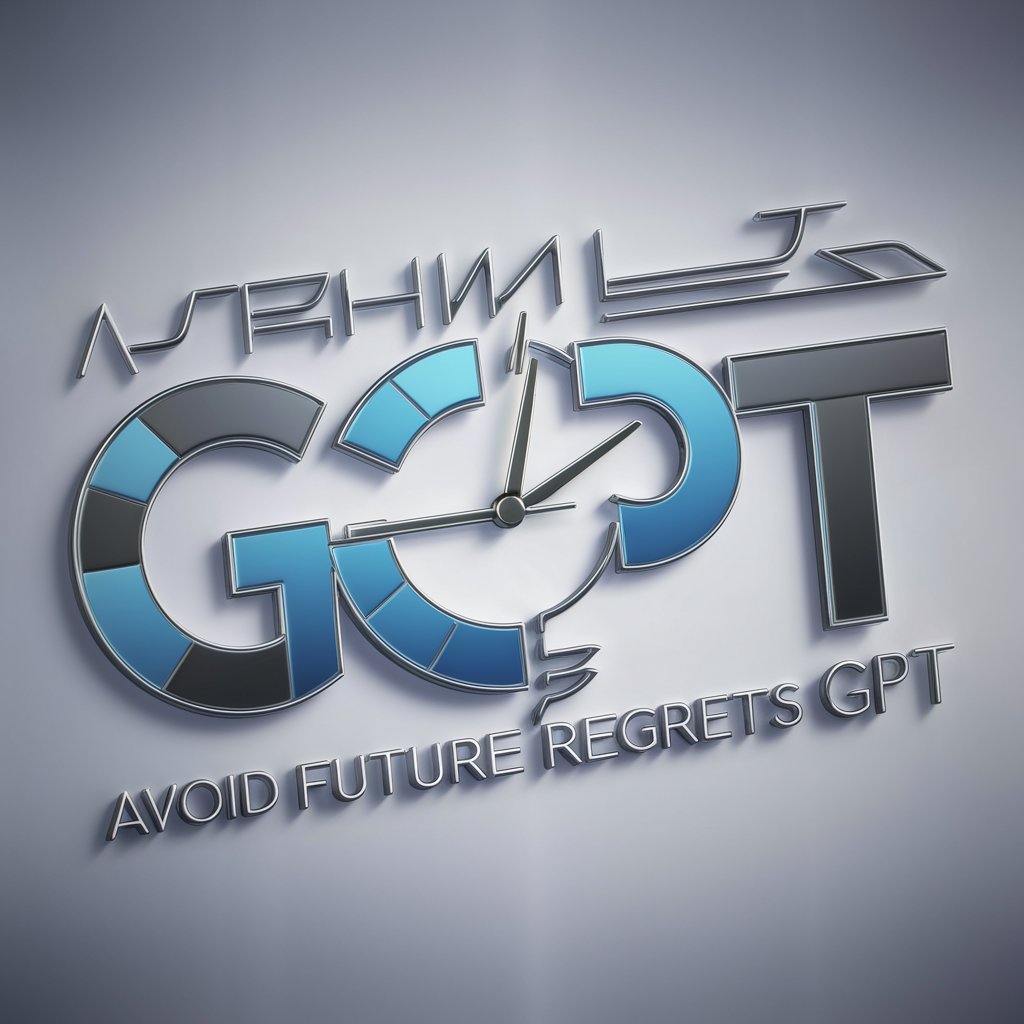
GPTBoss | Arjun Rogers
Empowering HR with AI Expertise
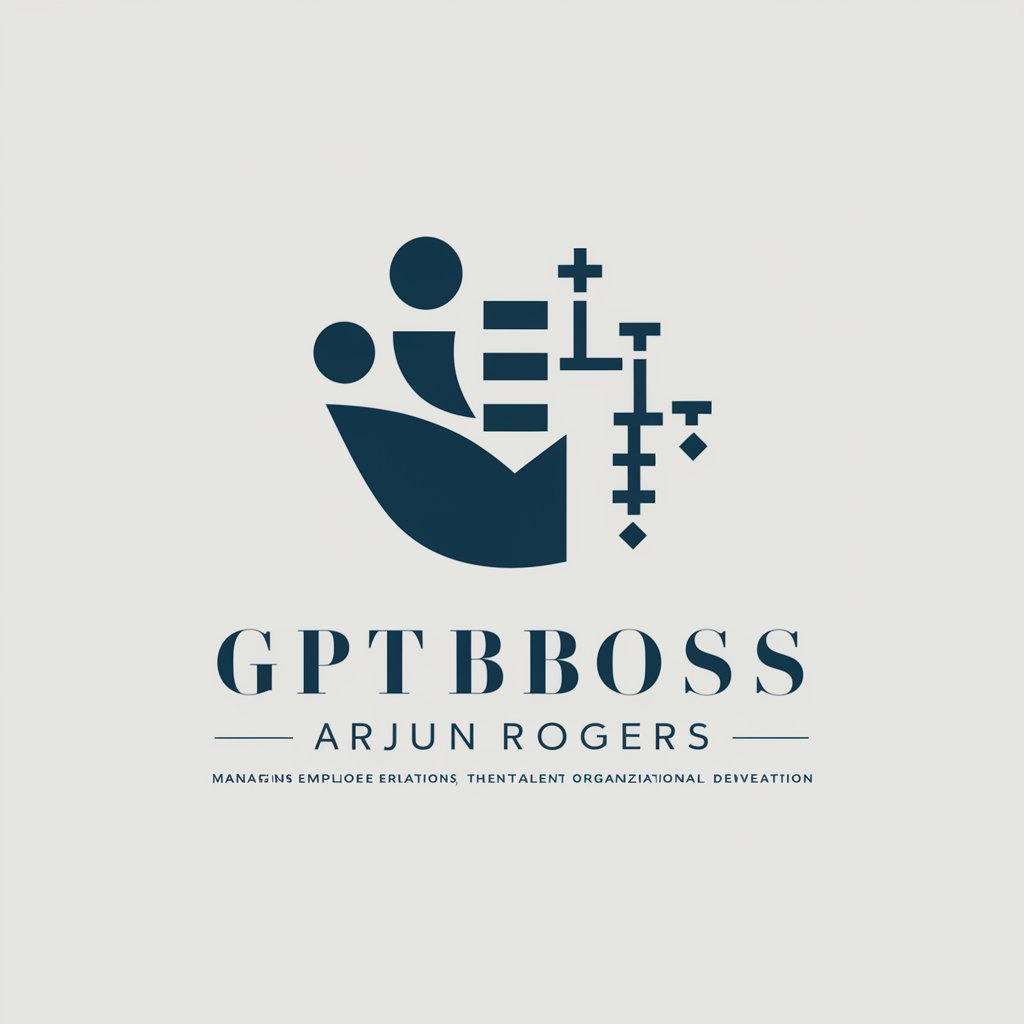
Human Resources Advisor
Empowering HR with AI Insights
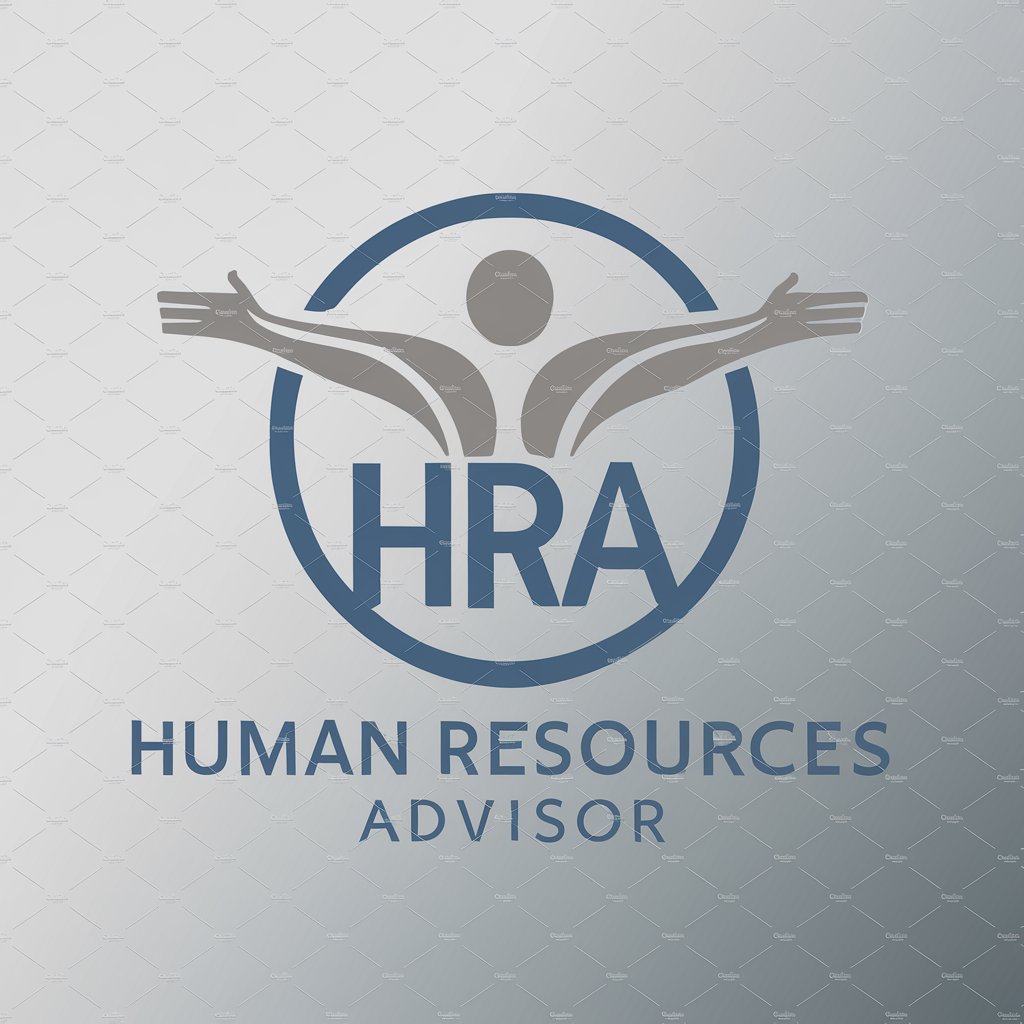
Digital Marketing Expert
Empowering Your Digital Recruitment
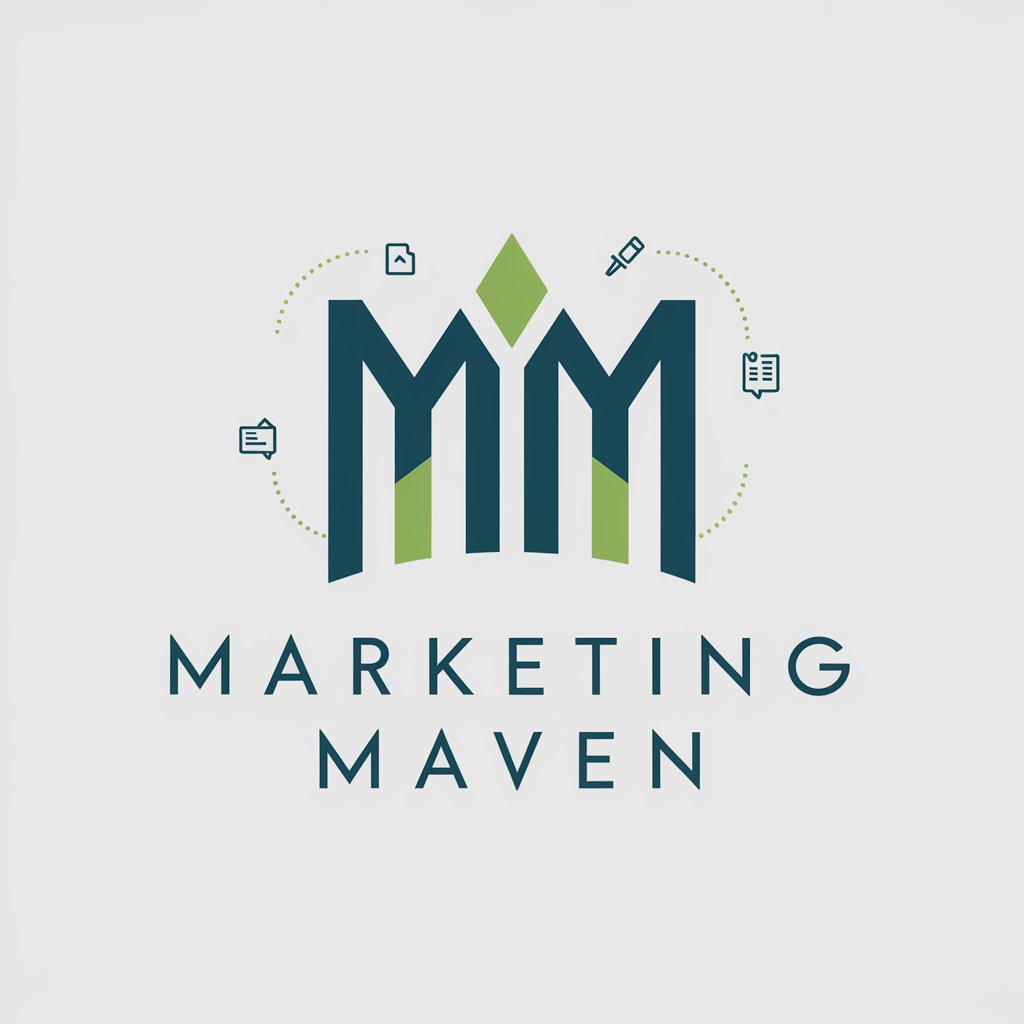
Corporate Jargon Email Transformer
Transform plain speak into corporate speak, powered by AI.
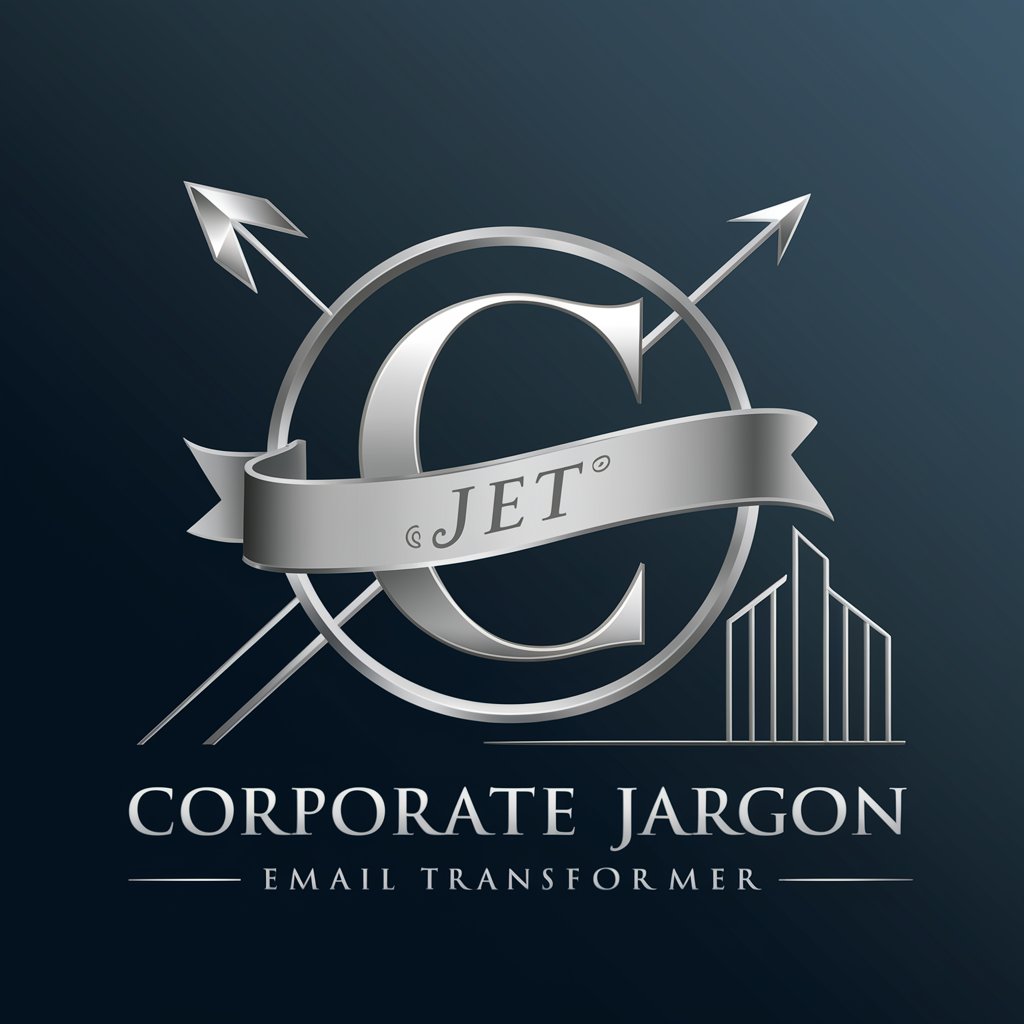
Resume Match
Optimize Your Resume with AI
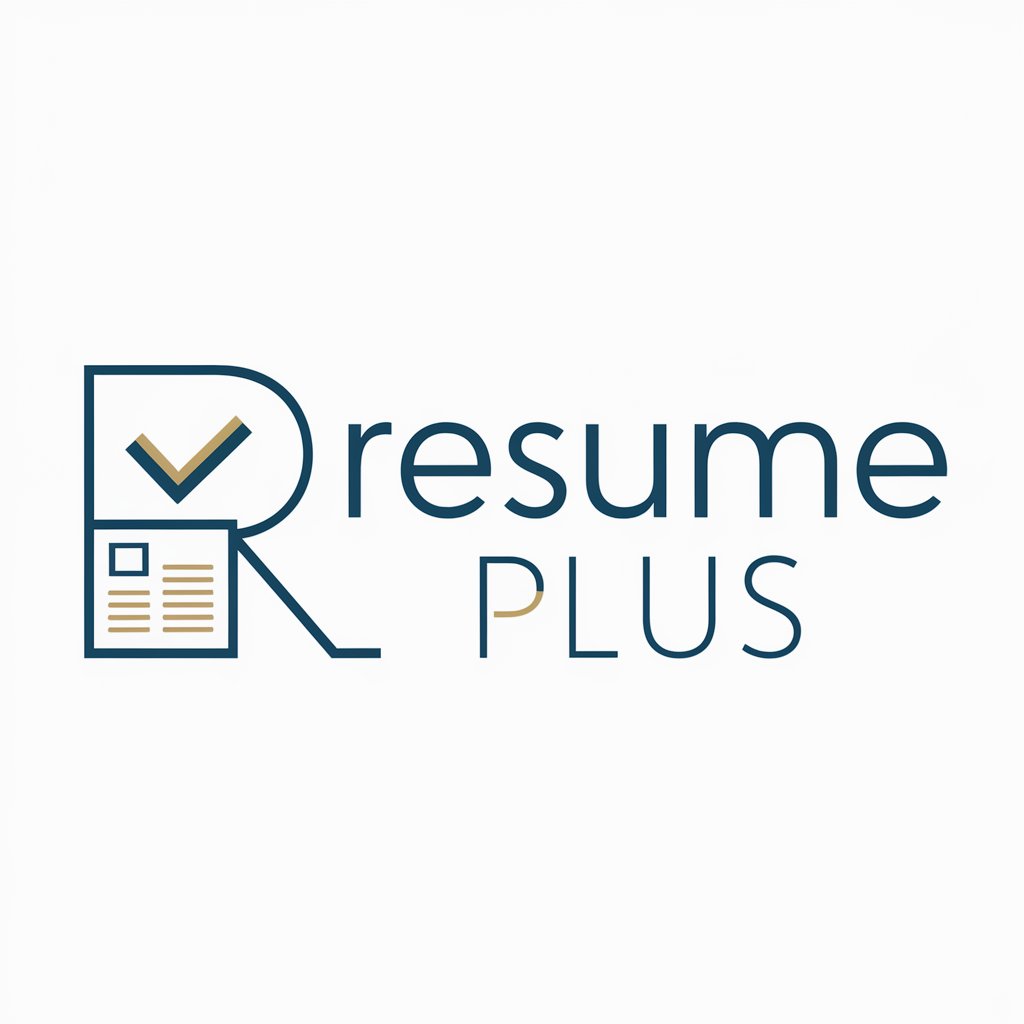
Recruitment Assistant
Streamlining hiring with AI insights

Human Resources Q&A
How can Human Resources help improve employee retention?
Human Resources offers strategies for enhancing workplace culture, offering competitive benefits, and recognizing employee achievements, which are crucial for retaining talent.
Can this tool assist with creating inclusive workplace policies?
Yes, it provides insights on best practices for fostering diversity and inclusion, ensuring all employees feel valued and supported.
How does Human Resources aid in recruitment?
It offers guidance on crafting effective job descriptions, optimizing recruitment channels, and conducting fair and effective interviews.
Can it help with compliance to labor laws?
Yes, it provides updates and advice on navigating complex labor regulations to help your business stay compliant and avoid legal issues.
How can I use Human Resources to address employee grievances?
It suggests frameworks for establishing clear grievance procedures, ensuring timely and respectful resolution of employee concerns.
